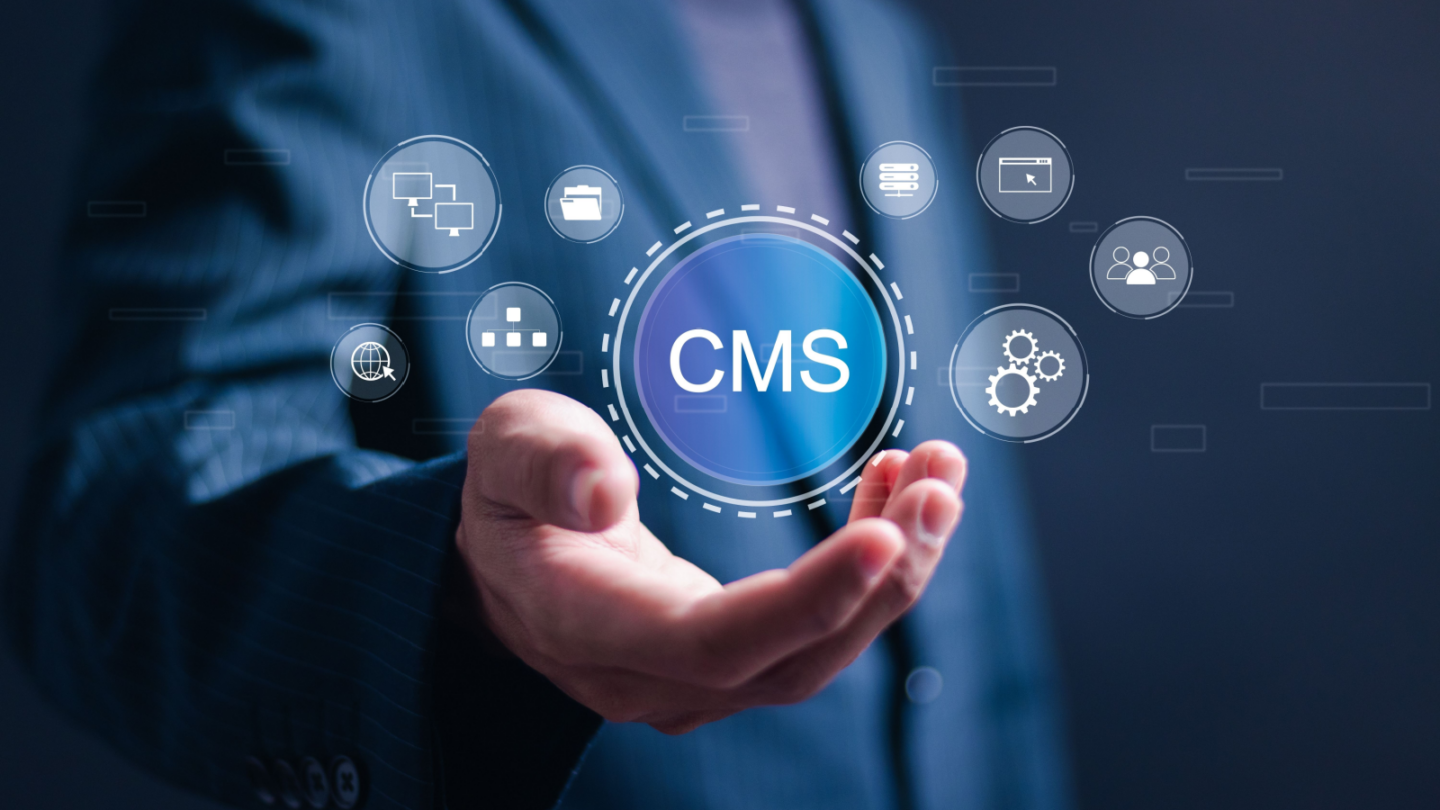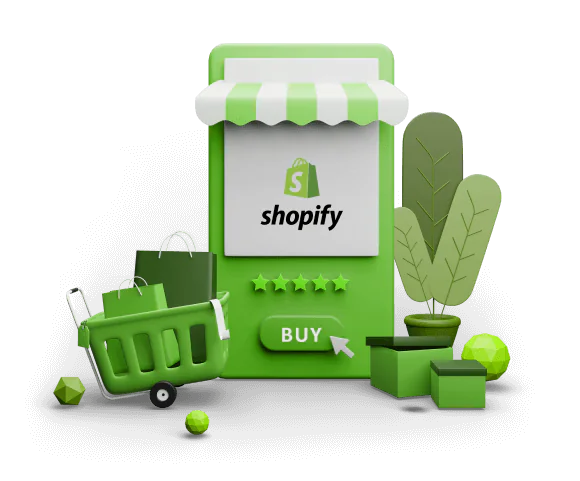
Why companies are switching to the best headless CMS
These days, content must appear in many places. A single website no longer covers it. Companies need content on mobile apps, customer portals, digital signs, and even smart devices. This is where the best Headless CMS comes in. Traditional content systems tie the back end to the front end. That makes changes slow and costly. Teams spend time fighting templates and theme limits instead of building features, something our web design & development services directly help businesses avoid.
Headless content systems separate content from presentation. Content resides in one place and is delivered through APIs to any required channel. Developers can choose the tools they prefer, while content teams continue to edit in a familiar interface. The result is faster updates, consistent branding, and fewer surprises when new platforms appear.
What a headless CMS means
A headless CMS focuses on one job only: managing and delivering content. It does not dictate how content looks on a page.
- Content teams create and store items in a central back end
- APIs move the content to websites, apps, or other systems
- Developers pick the front-end tools that fit the project
This approach ensures that the same article, product text, or image appears correctly across channels without requiring content to be duplicated in multiple locations. It saves time and maintains brand voice consistency across touchpoints.
Why developers prefer headless CMS platforms
For developers, using the best headless CMS setups because they reduce common blockers.
- Performance gains come from using modern frameworks and build tools
- Teams can adopt the front-end library or framework that suits the product
- One content back end can feed multiple front ends, so growth is simpler
- The architecture reduces direct exposure of the content store to external threats
- Editors and developers can work in parallel, which speeds projects up
For businesses, the payoff is real. Pages load faster. Users spend more time. That usually leads to fewer immediate exits and more completed sales or sign-ups.
Popular headless CMS platforms
Strapi
Strapi is an open-source option built to give teams control. It pairs well with Node.js and allows custom content structures without vendor limits. Since it can be self-hosted, there are no licensing fees; however, the company needs the necessary skills to host and update it. Teams that want deep customization and autonomy often choose Strapi.
Sanity
Sanity focuses on collaboration and speed. Its editing environment works well when multiple people need to edit and publish simultaneously. The platform handles complex content at scale and scales with teams that publish a large volume of content across various markets.
Contentful
Contentful is a cloud-first CMS aimed at larger businesses. It provides stable APIs and a reliable service level, which helps companies that require consistent performance around the clock. It tends to come with higher fees, but the trade-off is predictable uptime and an ecosystem of integrations that work with standard business tools.
Prismic
Prismic keeps the editor experience simple and reduces overhead for content teams. It aligns well with static site generators and suits teams that want an easy publishing flow while maintaining developer control on the front end.
Ghost
Ghost is lean and focused on publishing. It is a good choice for content-first sites that want speed and clarity without unnecessary complexity. Although it may not meet enterprise needs out of the box, for blogs and smaller content platforms, it performs very well.
Picking the best headless CMS platform
There is no single best choice for every project. The proper CMS depends on budget, team skills, and the scope of growth.
- Small teams and startups often choose Ghost or Prismic to move quickly
- Growing commerce sites select Strapi or Contentful for flexibility
- Large organisations look to Sanity or Contentful for scale and advanced features
Before a decision, consider these points
- What systems must the CMS connect to, such as CRM or ERP
- What developer skills are available in-house
- How costs will change as content and traffic grow
- What future channels must be supported, such as apps or IoT devices
Choosing carefully avoids rework and migration costs later on.
E commerce and headless CMS
Speed and personalization are central to online sales. Headless setups help in both areas.
- Product pages can render quickly, which improves conversion rates
- APIs make it easier to build personalized recommendations
- Connecting payments and inventory systems becomes cleaner
Many retailers move to headless because they want consistent shopping experiences across web, mobile, and other channels. Some use platform-level options that support headless delivery, while others build custom solutions with tools like Strapi or Contentful.
Why businesses need expert help
A headless system is powerful but not plug-and-play. Proper implementation requires technical work.
- Setting up APIs across multiple channels
- Building the front end and ensuring accessibility and performance
- Wiring the CMS to CRM and inventory systems
- Maintaining security patches and monitoring performance at scale
That is why many companies hire specialist developers. Skilled teams reduce risk, cut delivery time, and build systems that last. At Explore Webstore, we guide clients from platform selection through to launch and ongoing support so the system grows with the business.
Frequently Asked Questions:
1. What is a Headless CMS and how does it differ from traditional CMS?
A Headless CMS is a content management system that separates the content layer (back end) from the presentation layer (front end). Unlike traditional CMS platforms, where content and design are tightly connected through themes and templates, a Headless CMS delivers content via APIs.
This means businesses can publish content to websites, mobile apps, smart devices, or any other platform without being restricted by a single design framework.
For companies aiming to deliver consistent brand experiences across multiple platforms, a Headless CMS provides both freedom and scalability compared to traditional content systems.
2. Why should businesses switch to a Headless CMS?
Businesses today need their content to appear on multiple digital touchpoints—not just websites. A Headless CMS makes this possible by enabling seamless content delivery across apps, digital signage, smart devices, and portals through APIs.
This flexibility is critical for brands that want to remain agile in an evolving digital landscape. Another reason to switch is cost efficiency—traditional CMS platforms often require workarounds, plugins, and rigid templates that slow development and increase technical debt.
Headless CMS allows developers to use modern frameworks while empowering marketers with an easy-to-use interface. It also scales better with business growth, supporting higher traffic and integration with tools like CRMs, ERPs, and marketing automation platforms.
3. Is a Headless CMS suitable for small businesses or only enterprises?
A common misconception is that Headless CMS platforms are only for large enterprises. In reality, they are highly beneficial for small businesses too. Small companies often face resource limitations but still need to deliver content efficiently across multiple platforms like websites, apps, and social channels.
A Headless CMS provides them with the flexibility to scale content delivery without investing heavily in complex infrastructures. For example, a small e-commerce shop can use a Headless CMS to manage product content while connecting seamlessly to Shopify or Magento for transactions.
Developers can then build a custom storefront using frameworks like React, ensuring better performance and user experience. The modular structure also means small businesses won’t have to constantly redesign when they expand.
4. How does a Headless CMS improve website performance?
Website performance plays a huge role in SEO rankings, customer engagement, and conversions. A Headless CMS contributes to better performance by separating the content repository from the front-end display. This allows developers to use lightweight, fast-loading frameworks like Next.js or Gatsby, which improve page speed.
Since the CMS communicates through APIs, only the required data is fetched, reducing unnecessary bloat and improving efficiency. Faster load times mean lower bounce rates and higher engagement—something search engines also reward.
Additionally, Headless CMS setups are cloud-friendly, allowing for content caching and optimized delivery through CDNs (Content Delivery Networks). This ensures global users get faster access to content.
5. What integrations are possible with a Headless CMS?
One of the biggest strengths of a Headless CMS is its ability to integrate seamlessly with a wide range of tools. Since content is delivered via APIs, it can connect to CRMs (like HubSpot or Salesforce), e-commerce platforms (like Shopify or Magento), analytics tools (like Google Analytics), and even AI-driven personalization engines.
Businesses can also integrate marketing automation platforms such as Mailchimp or Active Campaign, making customer engagement more effective.
For developers, Headless CMS works smoothly with frameworks like React, Vue, and Angular, giving them complete freedom to design high-performing digital experiences. On the operations side, integrations with ERP systems and payment gateways allow businesses to unify workflows.


